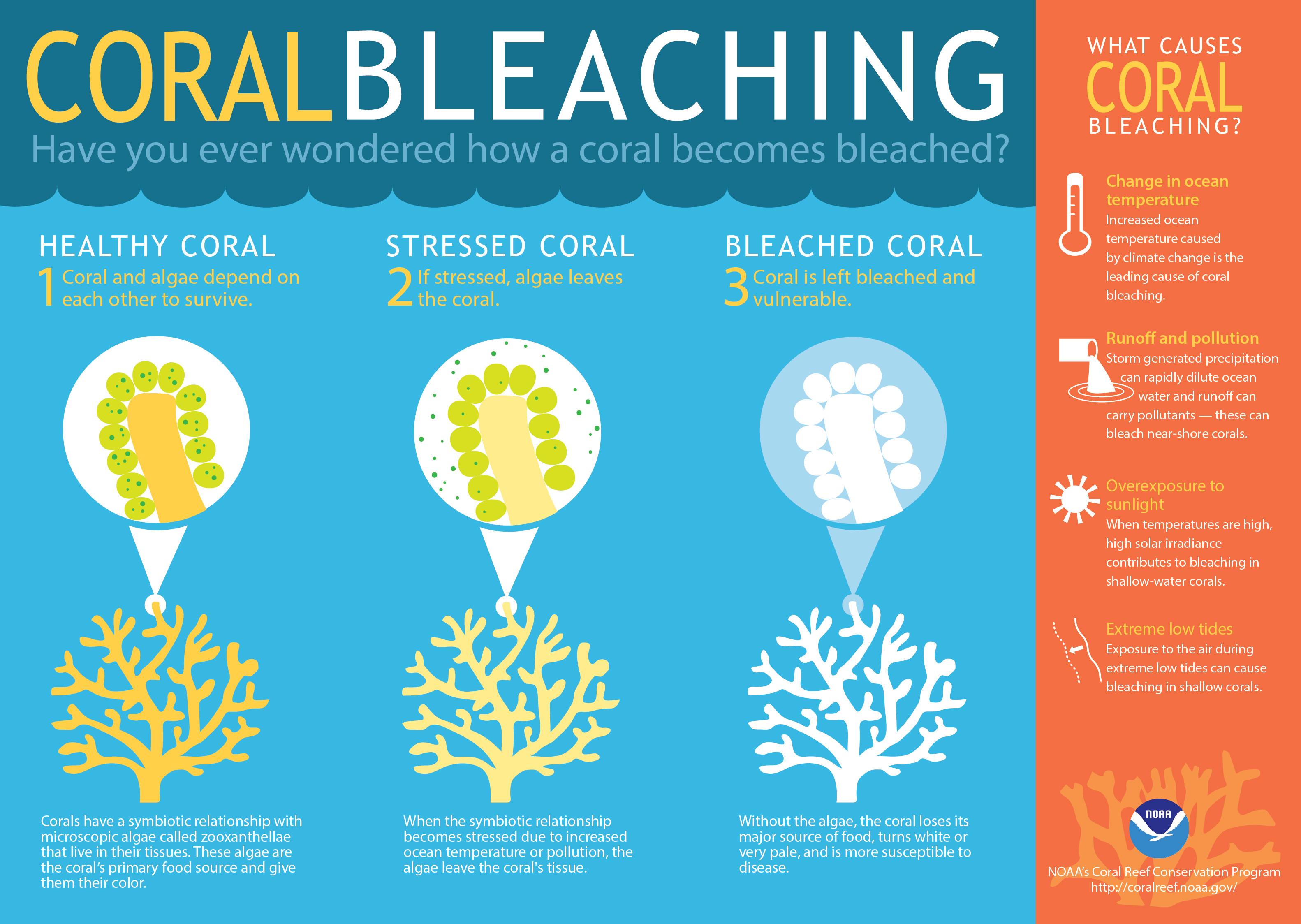Within the last few years, there has been a rise in support for electric cars as a green option for transportation, but many people think that simply using an electric car is being eco-friendly. This viewpoint is a dangerous one because it avoids the science behind electric cars and makes these cars seem more like a trend than an actual attempt to be environmentally conscious. There have been more than 325,000 preorders for the Model 3 Tesla car, now it is nearly impossible to tell whether or not people are buying vehicles like this to be eco-friendly or simply because it is a trend to own a car like this. The danger comes with the fact that people who buy these vehicles tend to only look at the surface reasons that electric cars are considered eco-friendly and not the full picture (Beillo).
“Electric cars are only as good as the electricity that charges them (Beillo).”
This concept is very important in understanding the impact that electric cars truly have on the environment. When switching to an electric car you are to a degree switching from exhaust pipe emissions to a power plant emissions. At the end of the day, the car still needs to be powered by some type of energy and for many people, the energy that goes into their electric cars come from places that range from less to even more environmentally damaging. If you are interested in getting an electric car and want it to do something a little more than just look pretty, it is important to do research on where the energy that will be powering your car is coming from. Some places such as Norway will provide you with an extremely clean power source for your brand new car. “Norway is probably the closest thing you’ll get to a true zero-emissions vehicle—because the European country draws almost all of its electricity from hydro power plants (Efstathiou and Merrill).” The emissions that your car is responsible for depends on your country’s power sources, but it is important to remember that even in countries like China, where an electric vehicle is responsible for about double the emissions that an electric car in the United States is, still is cleaner than the average gasoline-powered car. So when looking at the newest electric car remember that just using an electric vehicle doesn’t mean you can be doing more for the environment.
2.
Another part of electric vehicles that people tend to overlook is the damage that the batteries cause to the environment. The Bloomberg article talks about how the production of the batteries that go into these electric vehicles. Much like the power it is important to know where the battery in your care is going to come from, most come from “China, Thailand, Germany and Poland” and these countries tend to rely on non renewable energy (Bloomberg). The problem is these batteries could use so much dirty energy that it would take numerous years for the electric car to be worth it in an environmental sense. It is very important to remember that depending on where these cars are made and how they are charged they might not be that much cleaner than the average car. It is important to note that these cars aren’t moving from diesel energy to no energy, but instead to other (possibly nonrenewable) energy sources. Next time you are looking for a vehicle and you choose an electric car, remember that your environmental action isn’t done and that there are still ways to produce less of a footprint.
-George Antash
Sources:
- https://economictimes.indiatimes.com/news/international/business/new-research-punctures-electric-cars-greenhouse-gas-claims/articleshow/66268635.cms
- https://www.bloomberg.com/news/articles/2018-02-28/how-green-is-your-electric-car
- https://www.scientificamerican.com/article/electric-cars-are-not-necessarily-clean/

/cdn.vox-cdn.com/uploads/chorus_image/image/54323729/Pasted_image_at_2017_04_18_03_43_PM.0.png)

